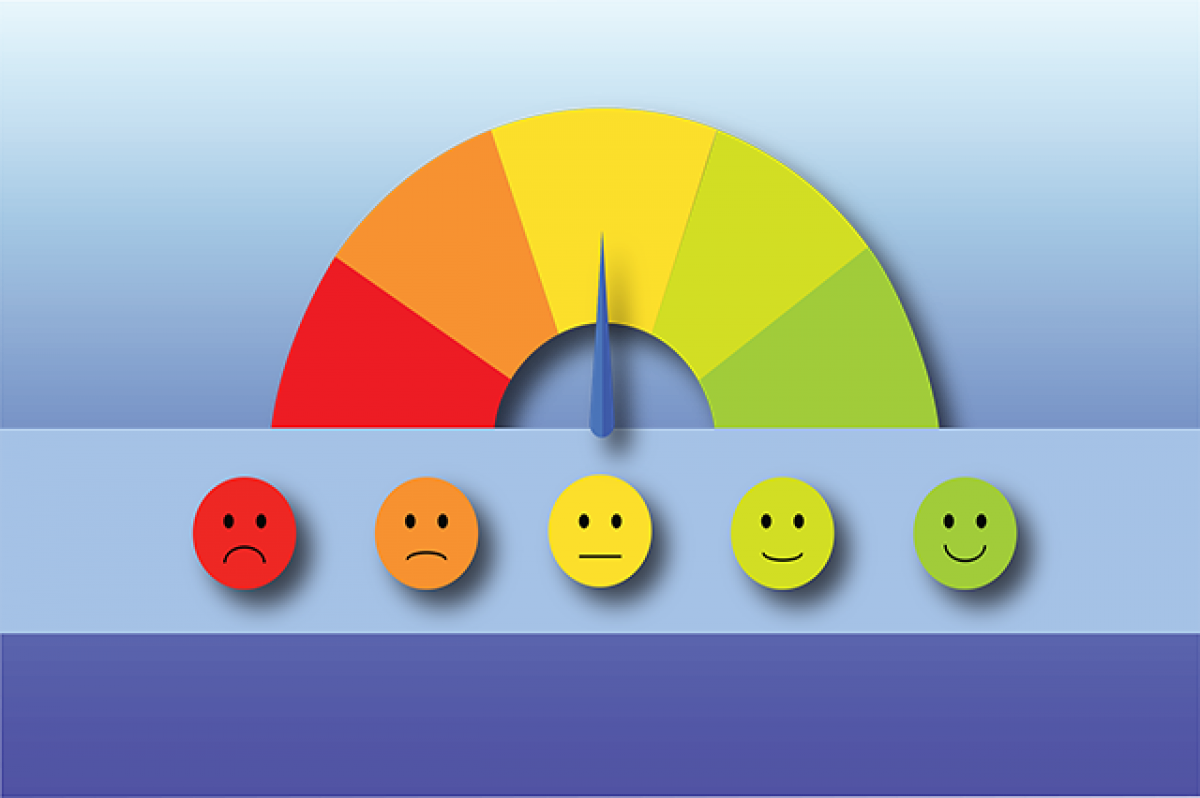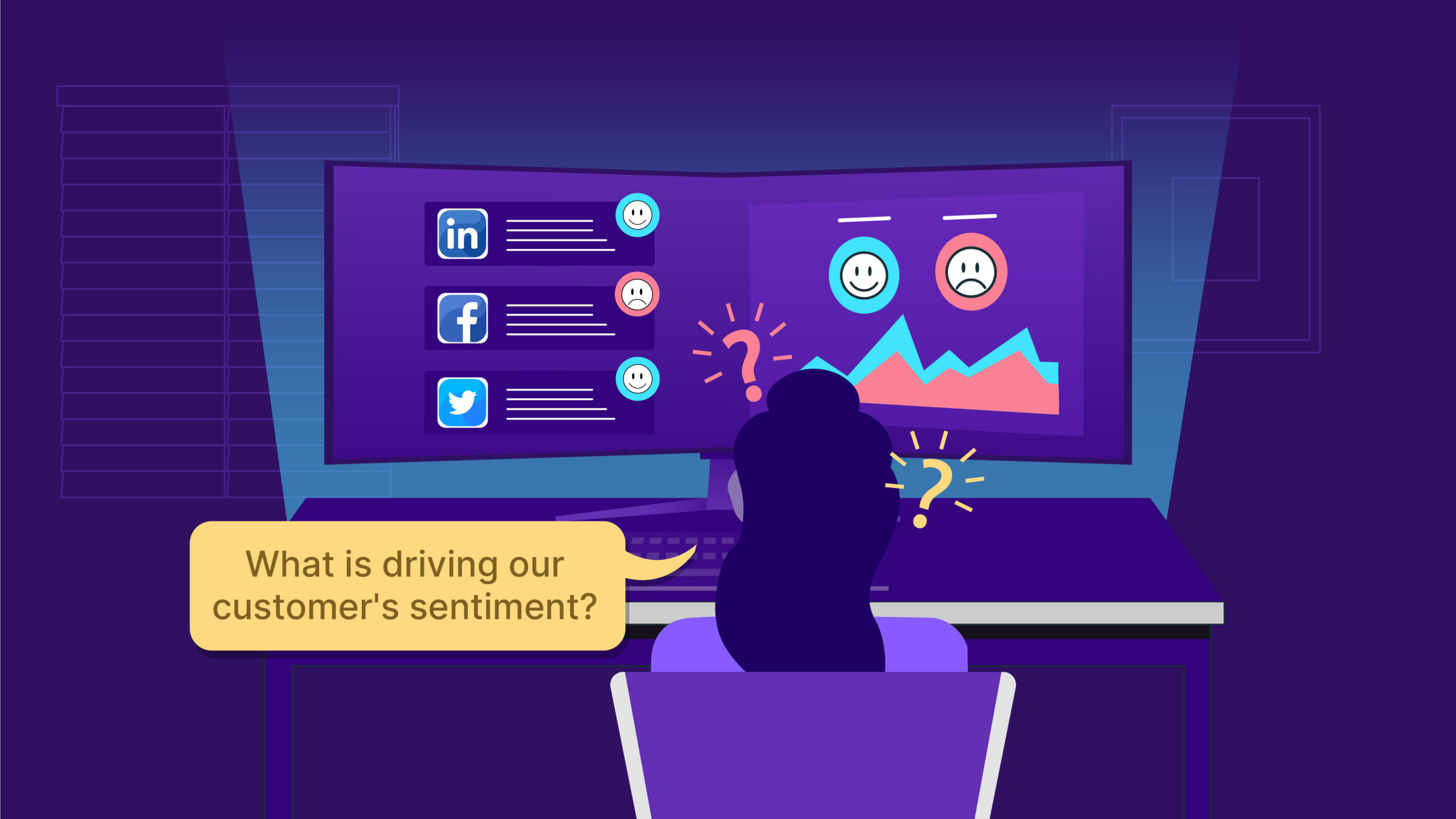In today’s fast-paced digital world, understanding public perception is more crucial than ever. Media sentiment analysis offers a window into the collective mind, helping us gauge the public’s mood and opinions. But what exactly is media sentiment analysis, and why should we care about it? Let’s dive in and explore this fascinating field.
What is Media Sentiment Analysis?

Media sentiment analysis, often called opinion mining, is the process of determining the emotional tone behind a series of words to gain an understanding of the attitudes, opinions, and emotions expressed. Historically, this concept has roots in text analysis and computational linguistics, but it has evolved significantly with the advent of modern technology.
How Does Media Sentiment Analysis Work?
1. Data Collection Methods
The first step in media sentiment analysis is gathering data. This can come from various sources like social media platforms, news websites, blogs, and forums. The data collected is vast and varied, providing a comprehensive view of public sentiment.
2. Text Analysis Techniques
Once the data is collected, it’s time to analyze it. Text analysis involves breaking down the text into manageable parts, identifying key phrases, and categorizing the sentiment as positive, negative, or neutral. Techniques such as tokenization, stemming, and lemmatization play a critical role here.
3. Machine Learning Algorithms
Machine learning algorithms are the backbone of sentiment analysis. These algorithms learn from the data, identifying patterns and making predictions about future sentiments. Supervised learning, unsupervised learning, and deep learning techniques are commonly used to enhance the accuracy of sentiment analysis.
The Role of Natural Language Processing (NLP)
1. Understanding NLP
Natural Language Processing (NLP) is a field of artificial intelligence that focuses on the interaction between computers and human language. NLP techniques enable machines to understand, interpret, and respond to human language in a meaningful way.
2. Application of NLP in Sentiment Analysis
In sentiment analysis, NLP is used to process and analyze large amounts of textual data. It helps in identifying the context, sentiment polarity, and intensity of the emotions expressed, making it a powerful tool for understanding public perception.
Types of Media Analyzed
1. Social Media
Social media platforms like Twitter, Facebook, and Instagram are gold mines for sentiment analysis. They provide real-time data on public opinion, making them essential sources for understanding trends and sentiments.
2. News Articles
Analyzing news articles helps in understanding how events are perceived by the public and how media outlets influence public opinion. This is crucial for businesses, politicians, and public policy makers.
3. Blogs and Forums
Blogs and forums offer more in-depth insights into specific topics. They are valuable for understanding niche markets and specialized interests, providing a more detailed view of public sentiment.
Sentiment Analysis Tools
1. Overview of Popular Tools
Several tools are available for media sentiment analysis, each with its own set of features and capabilities. Some popular tools include:
2. Comparison of Features
When choosing a sentiment analysis tool, it’s important to consider factors like accuracy, ease of use, integration capabilities, and cost. Each tool has its strengths and weaknesses, so it’s crucial to select one that aligns with your specific needs.
Applications of Media Sentiment Analysis
1. Business and Marketing
Businesses use sentiment analysis to gauge customer satisfaction, improve products and services, and tailor marketing strategies. By understanding what customers are saying, companies can make data-driven decisions that enhance customer engagement and loyalty.
2. Politics and Public Policy
In politics, sentiment analysis helps in understanding voter behavior, shaping campaign strategies, and measuring the impact of political events. It provides valuable insights into public opinion, enabling politicians and policymakers to respond effectively to public concerns.
3. Healthcare
In the healthcare sector, sentiment analysis can be used to monitor patient feedback, improve healthcare services, and understand public opinion on health-related issues. This helps in creating better patient experiences and more effective health policies.
Benefits of Media Sentiment Analysis
1. Real-time Insights
One of the key benefits of media sentiment analysis is its ability to provide real-time insights. This allows businesses and organizations to respond quickly to changing public sentiments, making timely and informed decisions.
2. Improved Decision Making
By understanding public sentiment, businesses and organizations can make better decisions. Whether it’s launching a new product, crafting a marketing campaign, or shaping public policy, sentiment analysis provides the data needed to make informed choices.
3. Enhanced Customer Engagement
Sentiment analysis helps in understanding customer needs and preferences, leading to improved customer engagement. By addressing customer concerns and delivering personalized experiences, businesses can build stronger relationships with their customers.
Challenges
1. Data Quality Issues
One of the major challenges in sentiment analysis is ensuring the quality of data. Incomplete, inaccurate, or biased data can lead to incorrect conclusions, affecting the reliability of the analysis.
2. Handling Sarcasm and Irony
Detecting sarcasm and irony in text is a complex task for sentiment analysis algorithms. These linguistic nuances can significantly alter the sentiment of a message, making it challenging to accurately interpret the data.
3. Multilingual Analysis
Analyzing sentiment across different languages adds another layer of complexity. Each language has its own unique nuances, idioms, and expressions, requiring sophisticated algorithms to handle multilingual data effectively.
Future Trends
1. Advancements in AI
As artificial intelligence continues to advance, we can expect more sophisticated sentiment analysis algorithms that offer greater accuracy and deeper insights. These advancements will enhance the capabilities of sentiment analysis, making it even more valuable.
2. Integration with Other Technologies
The future of sentiment analysis lies in its integration with other technologies like big data analytics, predictive analytics, and the Internet of Things (IoT). This will enable more comprehensive and actionable insights, driving better decision-making.
Ethical Considerations
1. Privacy Concerns
Privacy is a major concern in sentiment analysis. Collecting and analyzing personal data raises questions about user consent and data security. It’s important to address these concerns to ensure ethical use of sentiment analysis.
2. Ethical Data Usage
Ensuring ethical data usage involves being transparent about how data is collected, analyzed, and used. Organizations must adhere to ethical guidelines and regulations to protect user privacy and maintain public trust.
How to Get Started with Media Sentiment Analysis
1. Choosing the Right Tools
The first step in getting started with sentiment analysis is choosing the right tools. Consider factors like accuracy, ease of use, and cost when selecting a tool that meets your needs.
2. Building a Team
A successful sentiment analysis project requires a skilled team of data scientists, analysts, and domain experts. Building a diverse team with the right expertise is crucial for the success of your project.
3. Initial Steps
Start by defining your goals and identifying the data sources you will use. Next, set up the necessary tools and infrastructure, and begin collecting and analyzing data. Continuously monitor and refine your analysis to improve accuracy and relevance.
Conclusion
Media sentiment analysis is a powerful tool for understanding public perception and making informed decisions. By leveraging advanced techniques in NLP and machine learning, organizations can gain valuable insights into public sentiment, enhancing their ability to respond effectively to changing trends and opinions. As technology continues to advance, the future of sentiment analysis looks promising, offering even greater potential for understanding and influencing public perception. Ready to see how media sentiment analysis can transform your business? Request a demo from AIM Technologies today and unlock the power of public perception!
FAQs
What is Media Sentiment Analysis?
- Media sentiment analysis is the process of determining the emotional tone behind a series of words to understand the attitudes, opinions, and emotions expressed.
Why is Media Sentiment Analysis Important?
- It provides valuable insights into public opinion, helping businesses and organizations make informed decisions, improve customer engagement, and respond effectively to changing trends.
What Tools are Best for Media Sentiment Analysis?
- Some popular tools for media sentiment analysis include Google Cloud Natural Language API, IBM Watson Natural Language Understanding, and Lexalytics.
Can Media Sentiment Analysis Predict Trends?
- Yes, by analyzing historical and real-time data, media sentiment analysis can help predict trends and understand future public sentiment.
What are the Ethical Concerns with Media Sentiment Analysis?
- Ethical concerns include privacy issues, ensuring user consent, and transparent data usage practices to protect user data and maintain public trust.




